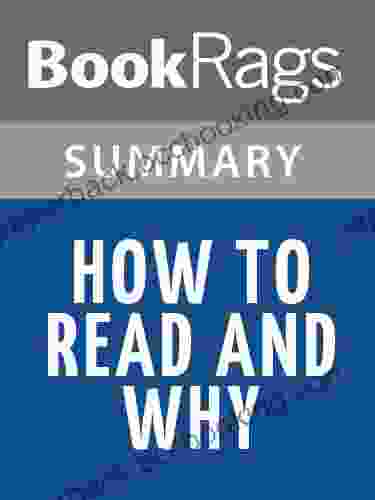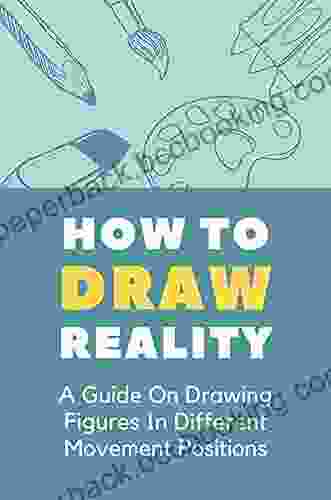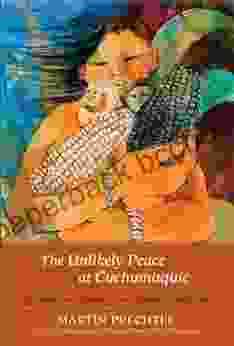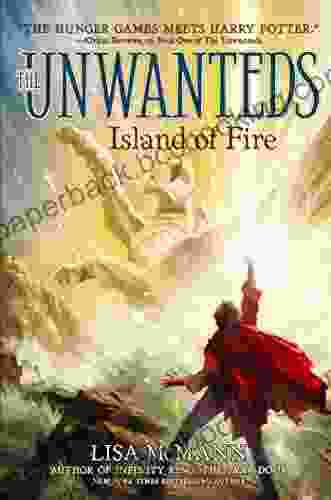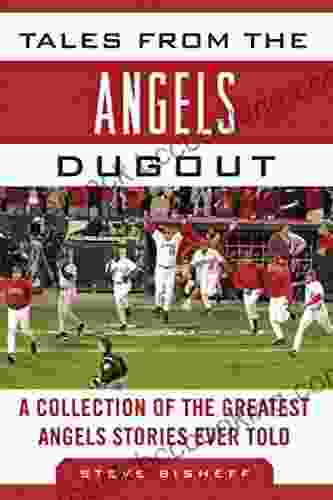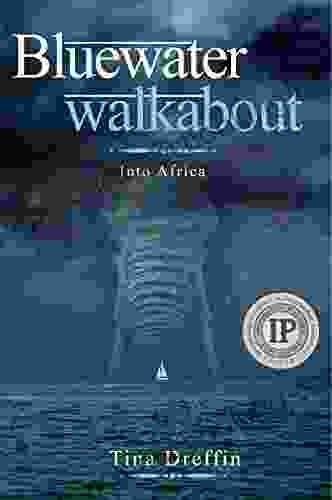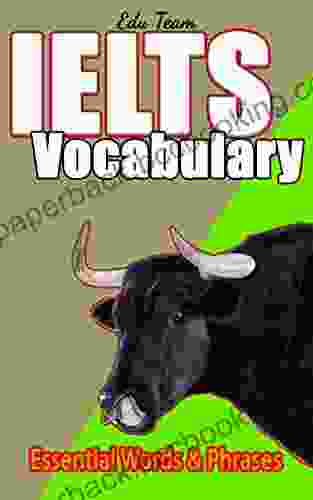Unveiling the Literary Masterpiece: A Summary Study Guide to "How to Read and Why" by Harold Bloom

While seemingly straightforward, the question "How to read and why?" is a profound one that has puzzled readers for centuries. Renowned literary critic Harold Bloom, in his seminal work "How to Read and Why," delves into the depths of this question, providing readers with an invaluable guide to unlocking the doors of literary understanding. This summary study guide offers a comprehensive overview of Bloom's key insights and analytical framework, empowering readers to engage with literature in a more meaningful and enriching way.
Bloom's Theory of Reading: Unveiling the Mysteries
Central to Bloom's theory of reading is the idea of "resonance," an intuitive connection between the reader and the text. When readers encounter a literary work that resonates with them, it sparks a profound emotional and intellectual response, leading to a transformative understanding of the world. Bloom asserts that this resonance stems from the text's ability to touch upon universal human experiences and emotions, evoking a sense of recognition and empathy in the reader.
5 out of 5
| Language | : | English |
| File size | : | 163 KB |
| Text-to-Speech | : | Enabled |
| Screen Reader | : | Supported |
| Enhanced typesetting | : | Enabled |
| Print length | : | 49 pages |
| Lending | : | Enabled |
Furthermore, Bloom emphasizes the importance of "deep reading," a process that involves close attention to the text's language, structure, and symbolism. Through careful analysis, readers uncover the hidden layers of meaning embedded within the literary work, gaining a deeper understanding of its themes, characters, and overall significance. Bloom advocates for a holistic approach to reading, encouraging readers to engage with the text on both an emotional and intellectual level.
A Journey Through Literary Genres: Uncovering the Essence of Fiction, Poetry, and Drama
Bloom's "How to Read and Why" provides invaluable insights into the distinct nature of different literary genres. For fiction, Bloom highlights the importance of character analysis, plot development, and the exploration of human relationships. He argues that great works of fiction offer profound insights into the complexities of the human condition, revealing universal truths about our hopes, fears, and aspirations.
In the realm of poetry, Bloom emphasizes the power of language and imagery, exploring how poets use words to create vivid sensory experiences and evoke deep emotions. He encourages readers to pay close attention to rhythm, rhyme, and other poetic devices, as they contribute to the overall impact and meaning of the poem.
With regard to drama, Bloom delves into the interplay between characters, dialogue, and action. He examines how playwrights use dramatic tension, conflict, and resolution to explore timeless themes and illuminate human nature. Bloom emphasizes that drama offers a unique opportunity to witness characters grapple with complex moral dilemmas and the consequences of their actions.
Navigating Complex Literary Texts: A Guided Approach
Bloom recognizes that certain literary works can be challenging for readers, particularly those from different cultural backgrounds or historical periods. To address this, he offers a guided approach to navigating complex texts. He encourages readers to familiarize themselves with the author's biography, historical context, and literary influences. By understanding the author's perspective and the circumstances surrounding the work's creation, readers gain a more informed understanding of its meaning and significance.
Additionally, Bloom emphasizes the importance of considering the text's reception history. By exploring how different readers and critics have interpreted the work over time, readers gain a broader perspective on its impact and relevance. Bloom argues that the ongoing dialogue surrounding a literary work contributes to its enduring legacy and allows readers to engage with it in new and meaningful ways.
Beyond Comprehension: The Transformative Power of Reading
Bloom's "How to Read and Why" goes beyond providing technical reading strategies. He explores the transformative power of reading, arguing that it has the capacity to broaden our horizons, deepen our empathy, and challenge our assumptions. By immersing ourselves in literature, we open ourselves up to new perspectives and ways of thinking. Bloom asserts that reading empowers us to become more critically aware of the world around us and to engage in meaningful conversations with diverse voices.
Moreover, Bloom emphasizes the importance of reading as a lifelong pursuit. He encourages readers to make reading a regular part of their lives, exploring a wide range of literary works to continuously expand their knowledge and understanding. By fostering a love of reading, we not only enrich our own lives but also contribute to a vibrant literary culture.
: A Journey of Discovery and Empowerment
Harold Bloom's "How to Read and Why" is a comprehensive and thought-provoking guide to the art of reading. Through his insightful analysis of literary theory and practical reading strategies, Bloom empowers readers to navigate complex texts, uncover hidden meanings, and engage with literature in a transformative way. By embracing Bloom's approach, readers can unlock the doors of literary understanding, embark on a journey of discovery, and experience the transformative power of the written word. As we delve into the pages of great literature, we not only broaden our horizons but also deepen our understanding of ourselves and the world around us.
5 out of 5
| Language | : | English |
| File size | : | 163 KB |
| Text-to-Speech | : | Enabled |
| Screen Reader | : | Supported |
| Enhanced typesetting | : | Enabled |
| Print length | : | 49 pages |
| Lending | : | Enabled |
Do you want to contribute by writing guest posts on this blog?
Please contact us and send us a resume of previous articles that you have written.
 Book
Book Novel
Novel Page
Page Chapter
Chapter Text
Text Story
Story Genre
Genre Reader
Reader Library
Library Paperback
Paperback E-book
E-book Magazine
Magazine Newspaper
Newspaper Paragraph
Paragraph Sentence
Sentence Bookmark
Bookmark Shelf
Shelf Glossary
Glossary Bibliography
Bibliography Foreword
Foreword Preface
Preface Synopsis
Synopsis Annotation
Annotation Footnote
Footnote Manuscript
Manuscript Scroll
Scroll Codex
Codex Tome
Tome Bestseller
Bestseller Classics
Classics Library card
Library card Narrative
Narrative Biography
Biography Autobiography
Autobiography Memoir
Memoir Reference
Reference Encyclopedia
Encyclopedia Tina Dreffin
Tina Dreffin Shelley C Safian
Shelley C Safian Pat F Garrett
Pat F Garrett Rachael Chapman
Rachael Chapman Margaret Willson
Margaret Willson Mark Occhilupo
Mark Occhilupo Kretel Arzola
Kretel Arzola Stefan Jansen
Stefan Jansen Yuxi Hayden Liu
Yuxi Hayden Liu Robert H Ruby
Robert H Ruby Steve Rosenberg
Steve Rosenberg Linda Walvoord
Linda Walvoord Richard Preston
Richard Preston Todd H Doodler
Todd H Doodler Lisette Kristensen
Lisette Kristensen Maureen Chiquet
Maureen Chiquet Kris Schnee
Kris Schnee Miranda Kenneally
Miranda Kenneally Martha E Casazza
Martha E Casazza Marilyn Jansen
Marilyn Jansen
Light bulbAdvertise smarter! Our strategic ad space ensures maximum exposure. Reserve your spot today!
 Galen PowellFollow ·8k
Galen PowellFollow ·8k Kenneth ParkerFollow ·5.4k
Kenneth ParkerFollow ·5.4k Edward BellFollow ·18.2k
Edward BellFollow ·18.2k Beau CarterFollow ·3.7k
Beau CarterFollow ·3.7k Donald WardFollow ·16.3k
Donald WardFollow ·16.3k Aron CoxFollow ·19.6k
Aron CoxFollow ·19.6k Milton BellFollow ·12.6k
Milton BellFollow ·12.6k Edwin BlairFollow ·13.9k
Edwin BlairFollow ·13.9k
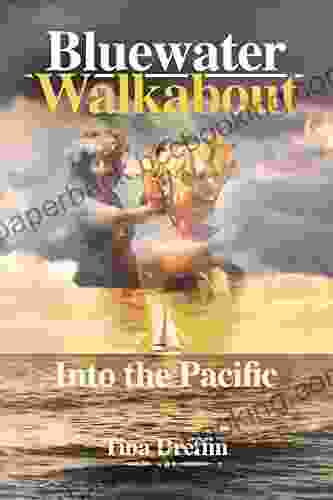
 E.M. Forster
E.M. ForsterBluewater Walkabout: Into the Pacific
An Unforgettable...
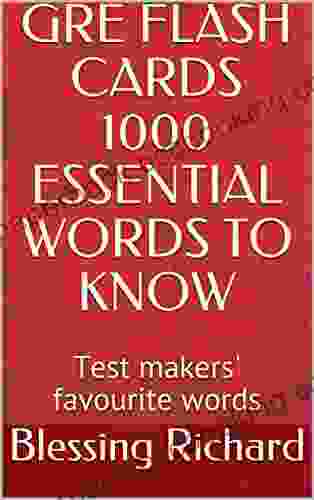
 Joseph Foster
Joseph FosterUnlock the Secrets of Standardized Test Success with Test...
Are you tired of struggling with standardized...
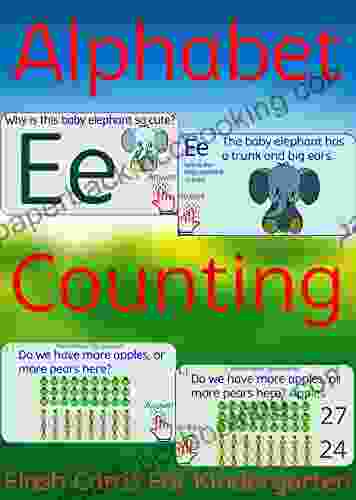
 Joe Simmons
Joe SimmonsUnlock Learning with Flash Cards for Kindergarten:...
Ignite a Passion for...

 Raymond Parker
Raymond ParkerJourney into the Enchanting World of "The Heart Kingdom"...
A Timeless Tale of Love,...
5 out of 5
| Language | : | English |
| File size | : | 163 KB |
| Text-to-Speech | : | Enabled |
| Screen Reader | : | Supported |
| Enhanced typesetting | : | Enabled |
| Print length | : | 49 pages |
| Lending | : | Enabled |


